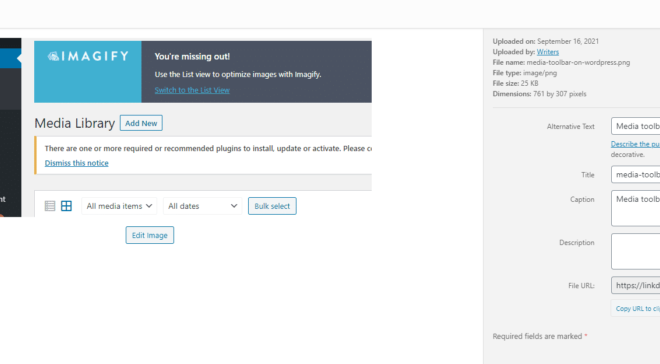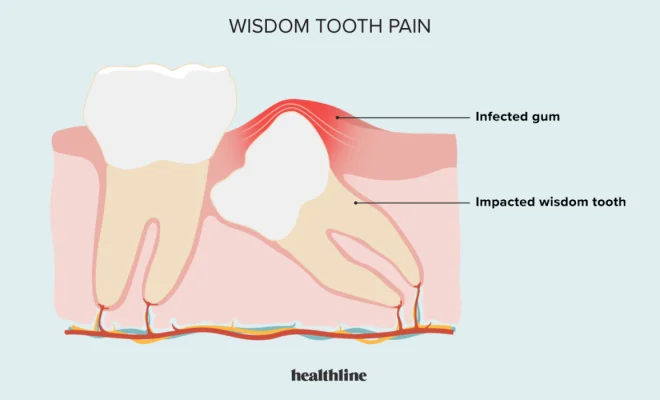How to Write Business Emails: 11 Steps

Introduction:
In the modern business world, email has become an essential mode of communication. The way you craft and present your business emails can have a significant impact on how others perceive you and your company. Follow these 11 steps to write professional, effective business emails that make a lasting impression.
1. Use a Professional Email Address:
Firstly, ensure that your email address is professional and reflects your business or personal brand. Avoid using nicknames or informal email addresses in a business setting.
2. Craft a Clear Subject Line:
The subject line is the first thing recipients see, so make it specific, concise, and informative. Don’t use clickbait or generic terms like “FYI” – this may cause recipients to ignore or delete your email.
3. Begin with a Proper Greeting:
Always start your email with an appropriate salutation, addressing the recipient by their formal name or title (e.g., “Dear Dr. Smith” or “Hello Ms. Johnson”).
4. Keep the Tone Polite and Formal:
Write professionally, but also maintain a tone that is both polite and respectful throughout your email. Avoid overly casual language, slang, or jargon.
5. Clearly State Your Purpose:
In the opening paragraph, clearly state the purpose of your email and what you hope to achieve. This ensures recipients understand the context and importance of your message.
6. Write Concisely and Precisely:
Keep your email brief without sacrificing clarity. Stick to one central topic per email and avoid unnecessary detail or side discussions.
7. Use Proper Formatting:
Use short paragraphs, bullet points, and headings to break up large blocks of text for easy reading. Bold or italicize important information for emphasis.
8. Check for Spelling and Grammar Errors:
Before hitting send, proofread your email thoroughly for spelling, grammatical errors, or typos in order to demonstrate professionalism and attention to detail.
9. Add a Call-to-Action:
If you require a specific response or action, include a clear call-to-action in your email, informing recipients of the necessary steps to take and any applicable deadlines.
10. Use a Professional Signature:
End your email with a professional signature that includes your full name, job title, contact information, and any relevant social media or website links.
11. Review Your Email Before Sending:
Re-read your email to ensure it conveys the intended message and tone. Make any adjustments as needed before sending to maintain a polished and professional appearance.
Conclusion:
By following these 11 steps, you can compose effective business emails that convey professionalism and make the desired impact in your workplace communication. Practice these guidelines consistently to build credibility and enhance your reputation among colleagues, clients, and partners.






